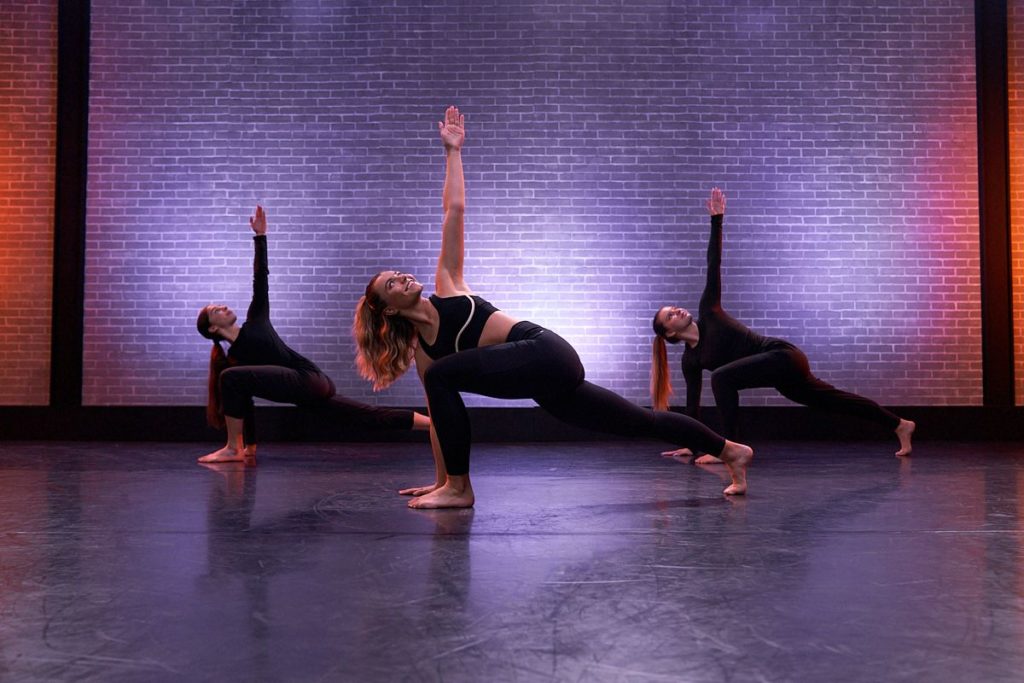Hip flexor pain can be debilitating for any active person, but it is particularly harmful to dancers. Most commonly felt when you are bending at the waist or lifting your thighs towards your chest, hip flexor pain is caused by tears and inflammation in the muscle fibers and tendons which are responsible for your hip and leg movement directly below your trunk. In extreme cases, this pain can even be felt while walking or sitting, and larger tears can take months to heal properly. But why do dancers so commonly suffer from these injuries? Let’s take a look at some of the causes, solutions, and preventative measures surrounding this common problem.
What Are Your Hip Flexors?
Flexors are muscles that are responsible for flexing a joint. The flexors attached to your inner hip–called the iliopsoas–are the muscles that are primarily responsible for your upward leg and lower hip movement. Because dancers use this part of their body constantly, and in often very dynamic movements, they are particularly susceptible to hip flexor injuries. A hip flexor injury usually occurs when a section of muscle fibers tears. These injuries can be anywhere from a small single fiber tear that requires a little rest and downtime to a massive multi-fiber tear requiring medical attention and producing a limp or even temporary immobility. Nearly every dancer will encounter some form of hip flexor pain during their career.
How Do I Fix This?
While extreme cases of hip flexor injury can require medical intervention and protracted physical therapy, most of the time the situation is much less severe. The most important tool is early diagnosis. If you feel an unusually acute pain in the front of your hips or upper thighs, particularly when you are bringing your knees upwards or lunging forward, stop what you are doing. The best remedy is rest. Once you feel a strain developing, you should cease your activities and give your muscles a chance to heal. Alternating ice and heat packs on the area, and common over-the-counter pain relievers or anti-inflammatories like ibuprofen can help ease the symptoms while you wait for your muscles to repair. A warm bath with Epsom salts might also provide you with some therapeutic relief.
Can I Prevent Hip Flexor Pain?
One of the best ways to avoid hip flexor injuries is to gently increase overall hip mobility. Daily warm-ups with common hip stretching exercises like the butterfly, back bridges, squats, and lunges should be incorporated into your dance routine. When you are working on these stretches it’s important to remember to go slow. The idea is to open up your joints and the muscles that power them in a healthy, gradual process to prepare yourself for the more explosive and dynamic movements of your dance expression. Ideally, your dance session should begin with a slow warm-up period of stretching and end with a gradual cool-down to help prevent muscle tears and inflammation. As the old saying goes “An ounce of prevention beats a pound of cure.” This is particularly true when it comes to hip flexor pain, which can be chronic and devastating if it isn’t treated seriously early on. Remember to take care of yourself today, your future as a dancer depends on it.

